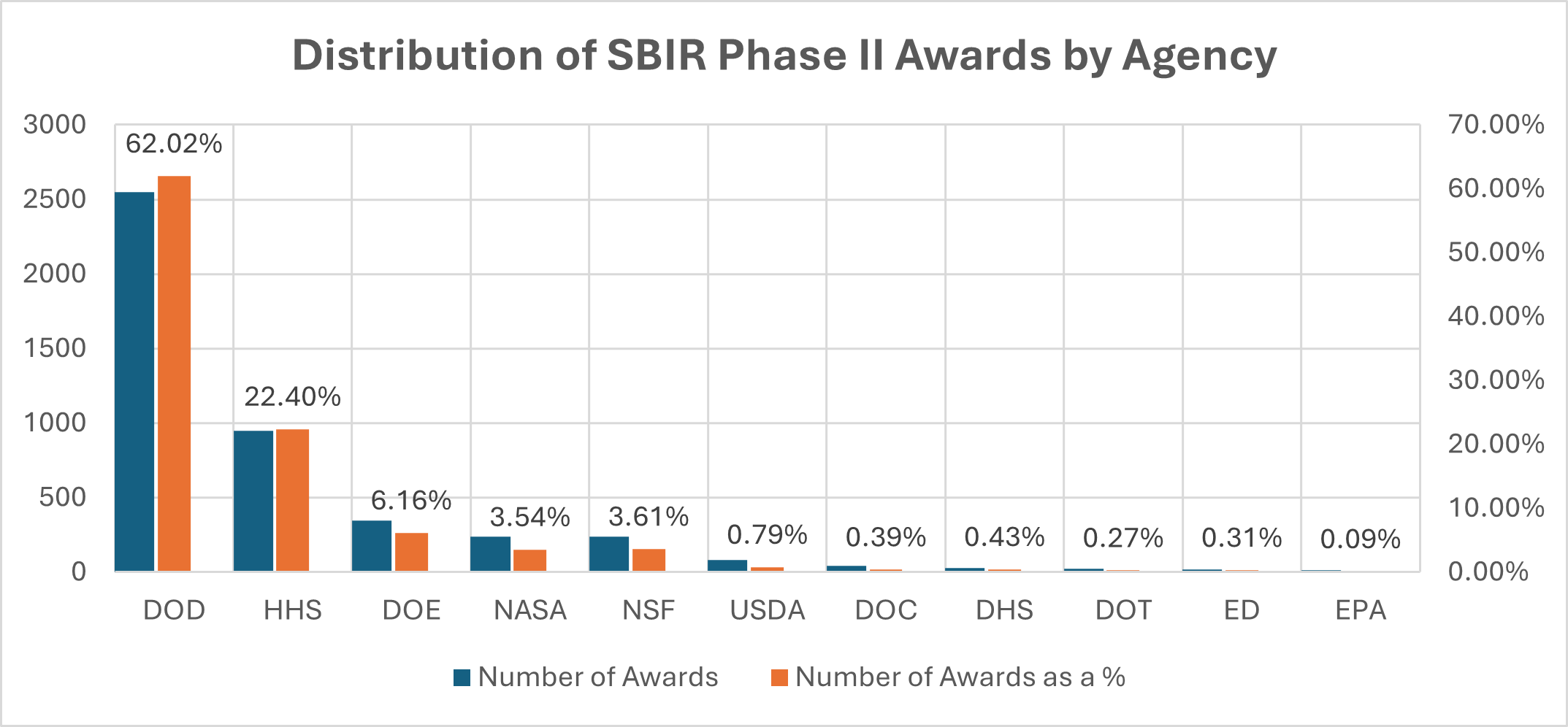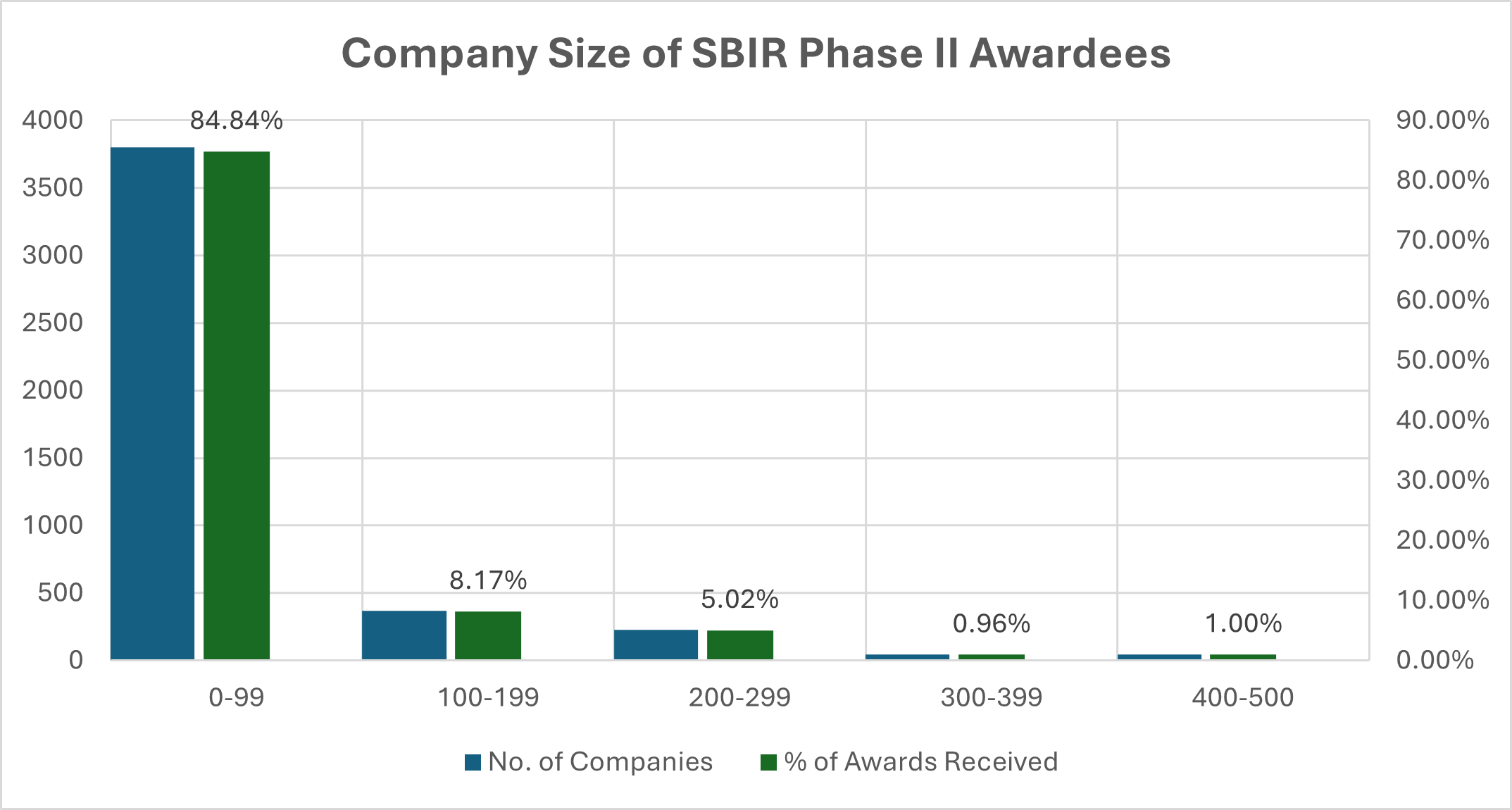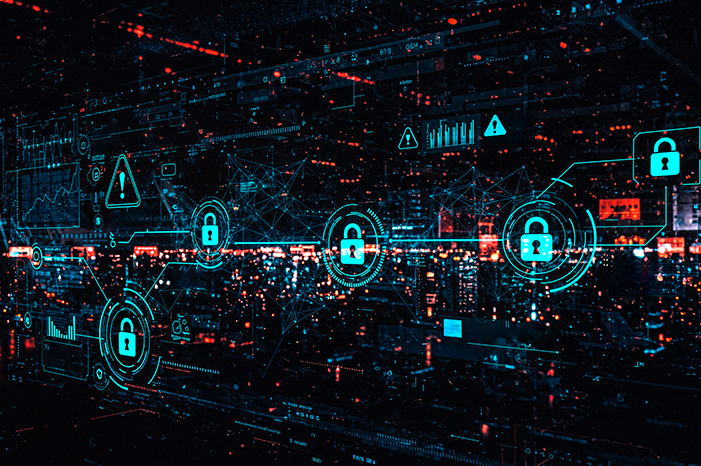In the defense innovation landscape, a critical juncture exists where groundbreaking research meets regulatory reality. For SBIR Phase II awardees, this intersection of innovation and compliance requirements can determine whether promising technologies reach their full potential or stall before deployment.
The Compliance Challenge for SBIR Innovators
62% of all SBIR Phase II awards come from the Department of Defense, bringing with them the full weight of DFARS 252.204-7012 compliance and CMMC requirements. For small businesses focused on transforming innovative concepts into deployable solutions, these cybersecurity mandates can present unexpected hurdles at a critical growth stage.

The challenge is particularly acute when you consider that 85% of SBIR Phase II awards go to companies with fewer than 100 employees. These small teams often lack dedicated cybersecurity resources yet must implement all 110 NIST 800-171 controls required by DFARS.

Real Consequences of Compliance Gaps
The impact of underestimating these requirements extends beyond regulatory concerns:
- Development delays when compliance issues are discovered mid-project
- Unexpected costs not factored into original proposals
- Contract limitation or termination when cybersecurity gaps are identified
- Barriers to Phase III transition and broader commercialization
- Intellectual property vulnerabilities due to inadequate protection measures
Adding to the complexity, DoD SBIR contracts have the longest average duration at 59 months – nearly five years of sustained compliance requirements throughout the innovation cycle.
Navigating the Practical Reality
The transition from research to commercialization introduces several compliance challenges:
- Undefined CUI scope: Contracting officers rarely specify which information qualifies as Controlled Unclassified Information, leaving innovators to make critical security decisions with limited guidance
- Resource constraints: Implementing comprehensive cybersecurity frameworks often requires expertise beyond what small R&D teams maintain internally
- Balancing collaboration and security: The innovation process thrives on collaboration, which must be balanced with appropriate security controls
- Agency-specific priorities: Air Force, Navy, and Army—the three largest SBIR Phase II sponsors—each emphasize different operational security requirements
Strategic Approaches for SBIR Success
Forward-thinking SBIR companies are transforming compliance from a potential barrier into a strategic advantage:
- Integrate compliance into your growth strategy from Phase I onward, aligning basic cybersecurity practices with FAR 52.204-21 requirements as a foundation
- Include compliance costs in your proposals, particularly for Phase II and beyond
- Adopt an incremental approach that prioritizes protecting your intellectual property and technical data
- Proactively request CUI guidance from contracting officers to clarify protection requirements
- Map compliance needs to your technology roadmap to avoid unexpected barriers to commercialization
Building a Foundation for Innovation Success
The path from innovative concept to deployed, compliant solution requires strategic planning and expertise. Understanding how your specific innovation intersects with CMMC, NIST 800-171, and DFARS requirements is essential to maintaining momentum through Phase II and beyond.
At Fortreum, we’ve guided numerous SBIR awardees through this critical compliance journey. Our experience spans both the SBIR program and defense cybersecurity frameworks, providing a comprehensive perspective on navigating these complex requirements while maintaining focus on your core mission: bringing innovative technologies to the warfighter.
Ready to discuss how your specific SBIR innovation path intersects with defense cybersecurity requirements? Connect with Fortreum for a gap assessment that maps directly to your growth objectives.
Should you have questions about your cloud and cybersecurity readiness, please reach out to us at Info@fortreum.com or contact us at https://fortreum.com/contact/
About Fortreum:
We started with a mission to simplify cloud and cybersecurity challenges for our customers. With an extensive track record spanning nearly a quarter of a century across Public and Private Sectors, we possess a keen dedication to solving our customers complex cloud and cybersecurity challenges. Our industry commitment extends to supporting and fostering the development of future cybersecurity experts within our communities. We encourage you to investigate our services further to learn how to leverage cybersecurity as a business enabler.











